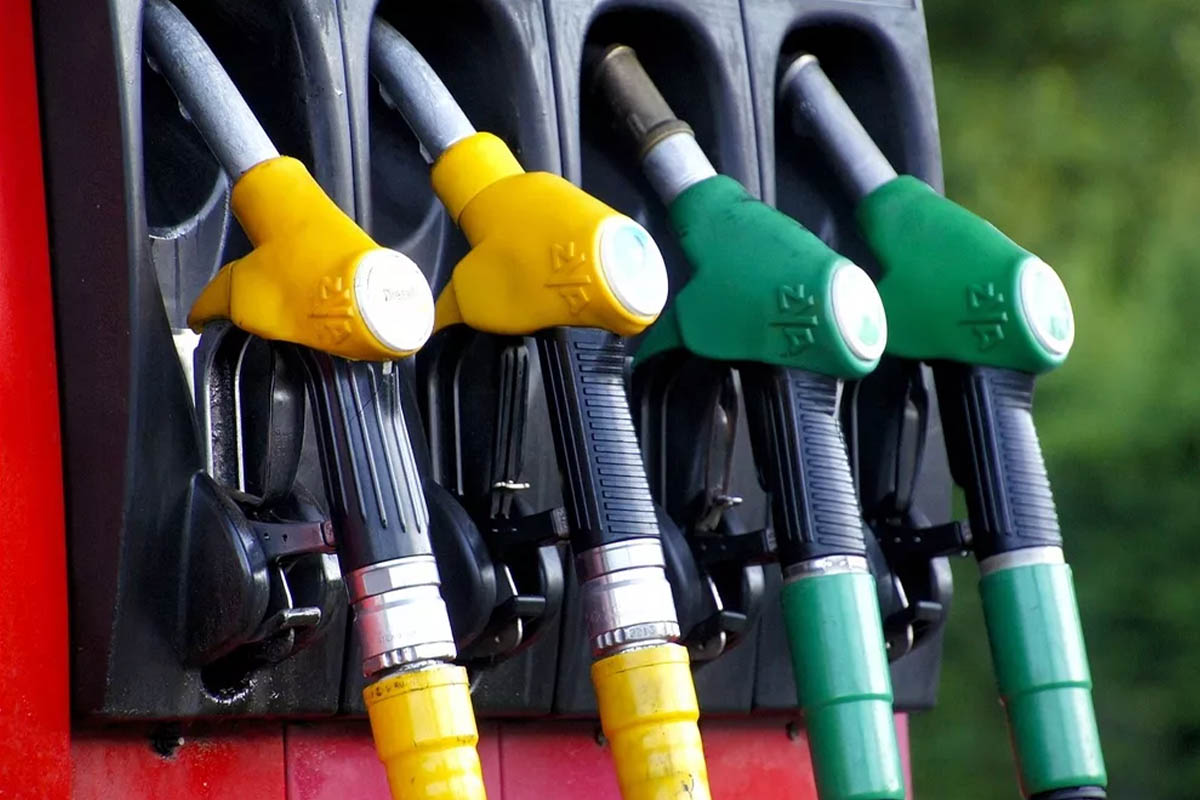Motorists can look forward to further savings at fuel stations, as analysts predict a continued decrease in fuel prices. For years, China’s booming economy has driven global oil demand. However, recent forecasts from both OPEC and the International Energy Agency (IEA) indicate a slowdown, citing reduced Chinese consumption this year.
The Chinese government, under President Xi Jinping, is shifting its focus from fossil fuels to renewable energy sources, contributing to the recent drop in Brent Crude oil prices, which fell below $70 USD (approximately $103 AUD) per barrel — the lowest level in nearly three years. Currently hovering around $73 USD, analysts suggest it could drop to $65 USD in the coming weeks, likely reducing gasoline prices for consumers.
According to the Australian Institute of Petroleum, the average national gasoline price has decreased to 178.4 cents per liter, while diesel stands at 182.7 cents per liter. CBA commodities expert Vivek Dhar estimates that prices could fall to between $1.65 and $1.70 AUD per liter due to decreased demand from China.
Mark McKenzie, CEO of the Australasian Oil and Gas Association, noted that the stronger Australian dollar also contributes to the drop in local prices. “Since we buy fuels in USD, a stronger Aussie means we pay less at the pump,” he explained.
However, uncertainties remain, particularly regarding oil-producing countries in the Middle East. David Bassanese, chief economist at Betashares, warned that escalating tensions, such as those between Iran and Israel, could disrupt oil supply and lead to price increases.
While falling fuel prices are beneficial for consumers, they may not significantly impact underlying inflation, leaving the Central Bank’s interest rate decisions unchanged for now. Nevertheless, both consumers and businesses are celebrating the downward trend in gasoline prices.












